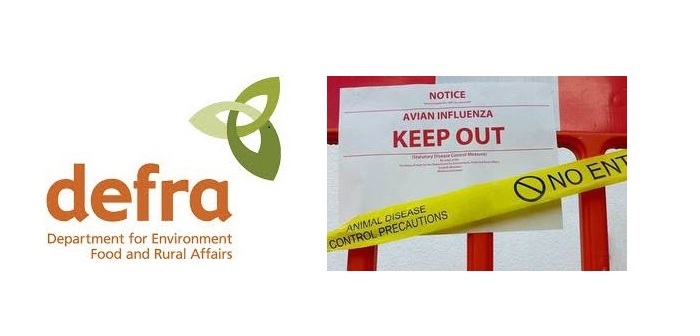Defra’s final report of the year on the state of Highly Pathogenic Avian Influenza (H5N8) in the UK and Europe reveals that initial visits and testing in the 3km Protection Zone surrounding the mid-December Lincolnshire outbreak has shown there “appears to have been no local spread”.
“The turkey premises which tested positive for H5N8 HPAI reported in our last update on December 20, has been culled and preliminary cleansing and disinfection was completed on December 19,” said Defra. “Tracings have also been conducted, according to epidemiological principals and again, there is no indication of spread.”
In relation to the wider European state of H5N8, Defra added: “The virus continues to cause outbreaks in Bulgaria, France, Netherlands, Germany, Poland and Hungary. Further afield, Israel has reported more cases in wild birds while South Korea, Japan and Taiwan have reported outbreaks in poultry.
“Given the level of geographic spread across Europe, Asia and west Africa, we should expect this virus to remain an issue and pose a continuing risk to our poultry sector for a considerable time.
“The risk level for the UK is still “HIGH” for an incursion of an infected wild bird, but now that we have wild bird findings, our level of uncertainty has reduced. The risk to poultry on individual premises is still “LOW TO MEDIUM” dependent on the level of on-farm biosecurity. The widespread location of the positive wild birds suggests that geographical region may be less important in terms of risk level for poultry premises.”
In light of these comments, Defra’s conclusion is as follows: “The findings in wild birds in GB is not surprising given the continued level of reporting in other Member States and therefore the likelihood of circulating virus in wild birds. In cold weather, the virus will remain infectious in certain media, such as water or on some surfaces so attention to contaminated areas and regular disinfection is important.
“We will continue with the epidemiological investigations on the premises and report any additional findings to the OIE and EU, as appropriate. We would like to remind all poultry keepers that there are several pathways for the introduction of any notifiable avian disease into a poultry farm: housing alone will not be enough to reduce the risk of some of these pathways.
“Environmental contamination will remain as a significant hazard, especially if wild waterfowl or gulls have regular access to the site, or contaminate the local area around the houses, so personal biosecurity is key to helping prevent contamination from being brought into a poultry house.
“We will continue to report on the situation.”


